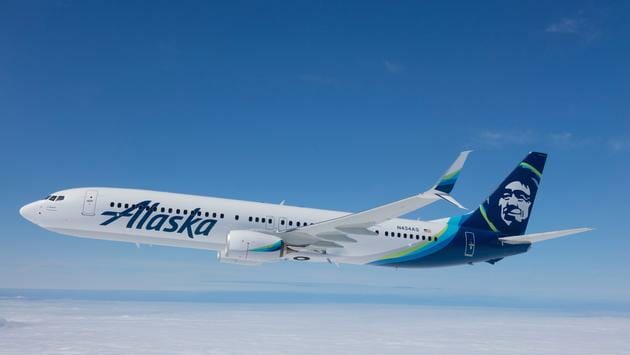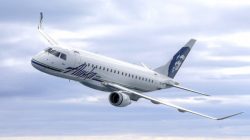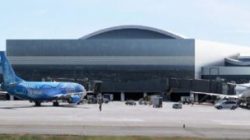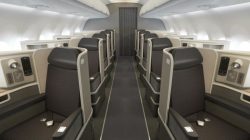Alaska Airlines is planning on adding 200 new aircraft over this coming decade according to internal company memos. It appears that the new aircraft will be split 100 for aircraft replacement and the other 100 for route expansion. Route expansion could be vital for the enhanced alliance with American Airlines and the entry of Alaska Airlines into the Oneworld Alliance in 2021. Alaska has a pressing interest to enhance the American Airlines alliance to better compete with Delta Airlines in Seattle.
The Existing Fleet Plan
Prior to the merger with Virgin America, Alaska Airlines was exclusively a Boeing 737 operator. The relationship with Boeing was so exclusive that the words “Proudly All Boeing” was painted below the cockpit windows.
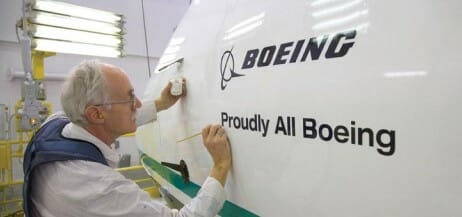
With the acquisition of Virgin America, Alaska inherited a mix of 71 Airbus A319, A320 and A321 aircraft including yet to be delivered A321 NEO aircraft. Virgin acquired most all of these aircraft on leases which Alaska Airlines took over with the merger. With a mix of Boeing and Airbus aircraft, Alaska lost the economy of scale of flying and maintain the same “type” aircraft. This translates into additional costs for training and certification for pilots, flight attendants and A & P mechanics. Adding to the complexity is the need for maintenance bases to stock parts for both Boeing and Airbus. One of the internal Company memos from John Ladner, Vice president of flight operations says: “The airline may choose to keep a number of the large A321 jets and if so, they will likely be deployed in our Seattle hub”.
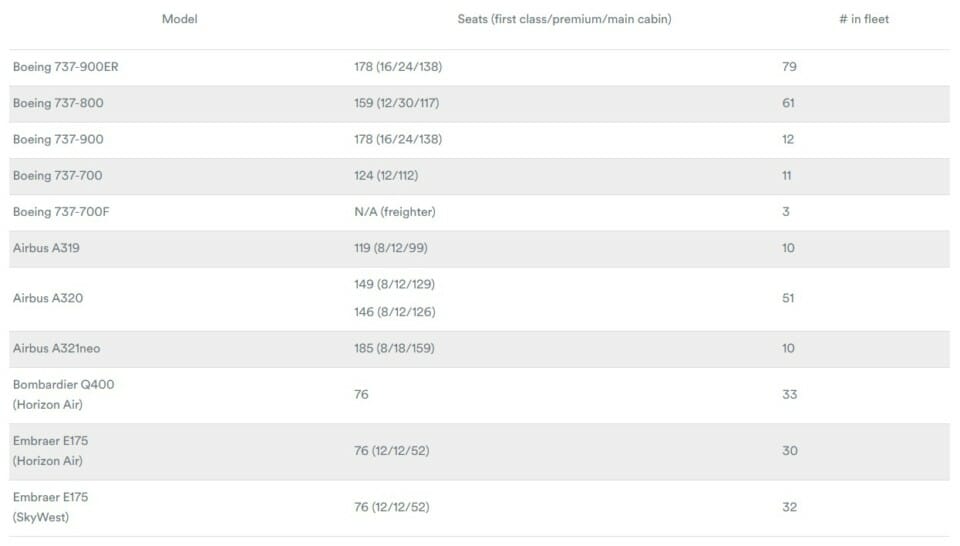
Alaska Airlines also had outstanding orders for 37 Boeing 737MAX aircraft which have yet to be delivered to the airline. The lack of 737MAX aircraft has stalled expansion efforts by Alaska Airlines. Part of the overall fleet plan was to replace a number of Bombardier Q400 aircraft in regional service with E-175 jets. The mainline operation needed E-175 jets to support some of the mainline operations. Alaska has had to keep many of the Q400 aircraft that were going to be returned to the lessor by extending the leases.
Boeing or Airbus?
The internal company memos give us a look at which way Alaska is leaning. Here are some excerpts:
- “… the company has purchased two 737 MAX simulators to train its pilots. One will be operational by the end of June and the second by year end.”
- “While we don’t yet know the exact makeup of our future fleet, we do know the 737 MAX will be a significant part of it.”
- (Alaska’s flight simulator operation team) “… has been working on an accelerated timeline to certify the simulator in order to help get our pilots through training before we being flying the MAX.”
- “There are only a handful of MAX sims in North America, so it’s great that we’ll have one. The MAXs are critical to Alaska’s expansion plans.”
In order to get the 737 MAX ready for operations by Alaska Airlines, a number of steps will need to be completed after the FAA clears the 737MAX for service:
- Pilots will need required training in the 737MAX simulator to include MCAS training. This training is currently waiting for approval from the FAA,
- Completed 737MAX aircraft will need to be delivered to Alaska Airlines from various parking locations and
- Aircraft will have to be readied to fly before they will be able to fly passengers.
Alaska Airlines is in a position to virtually name their price for new 737MAX orders. Last year, Boeing order book showed a net aircraft orders of negative 87 aircraft. That means that aircraft order cancellations exceed new aircraft orders by 87 aircraft. Boeing’s orderbook for January 2020 was zero aircraft orders. Boeing needs orders badly and they will be willing to discount in order to get the orderbook back in a positive direction.
Alaska Airlines has already said that the Airbus A319 and A320 aircraft in their current fleet are primary candidates for aircraft replacement. Their focus will be aircraft at the larger end of Alaska’s aircraft capacity such as the 737MAX 9, 737MAX 10 and the Airbus A321NEO to serve the transcontinental markets.
Moving the Airbus Fleet to Seattle
In efforts by Alaska to defend its home turf in Seattle, the airline will move the Airbus flight base from Los Angeles to Seattle. John Ladner said “This means we will deploy a significant portion of our current Airbus fleet in Seattle over the coming months and years. The L. A. Airbus pilot close no later than the end of 2021. At the same time, Alaska will grow its Boeing pilot base in L. A. by a similar amount.”
Final Thoughts
I have been waiting for Alaska Airlines to complete their “soul searching” process and figure out what their aircraft replacement and expansion plans were going to be. The Boeing 737-700 aircraft deliveries began in 1998. Many of the current 737-800 and 737-900 aircraft are well over 15 years old. Alaska’s long-haul flights are running at capacity so it is time to retire the lesser capacity 737-700s and 737-800s. In 1998, the 737-700 was their transcontinental aircraft because they were the only aircraft that Alaska had that could fly coast to coast. That was in 1998 and now its time to modernize the long-haul fleet.
Alaska is in a great position to wheel and deal with Boeing for new aircraft at a highly discounted price. They will need to expand the fleet at the larger passenger capacity side to make the newly realigned alliance with American work. American and Alaska will need to be closer “dance partners” to compete with Delta Airlines at Seattle-Tacoma International Airport.
The announcement of two new 737MAX simulators indicates that Alaska is ready to go with this new fleet plan. I will update this report as soon as the new aircraft orders are finalized.

